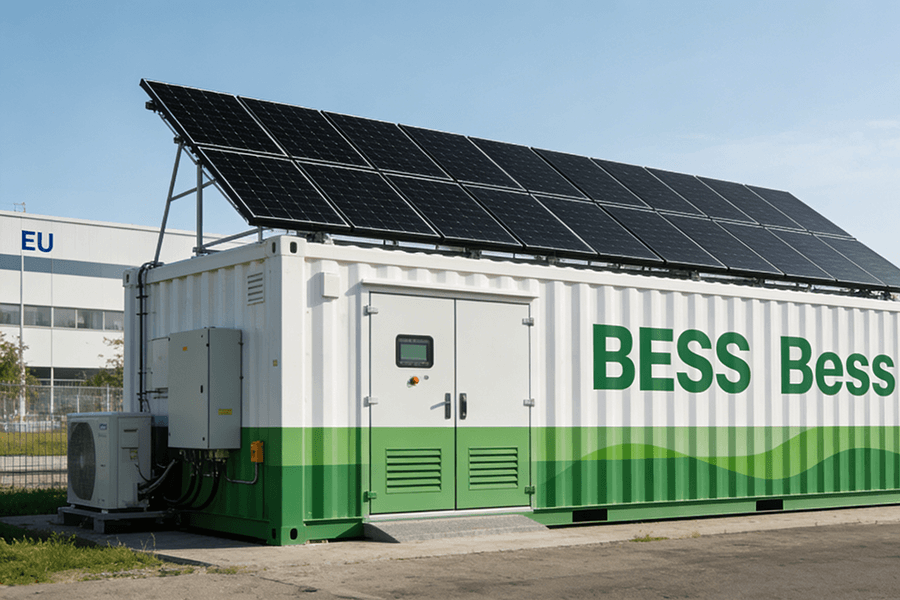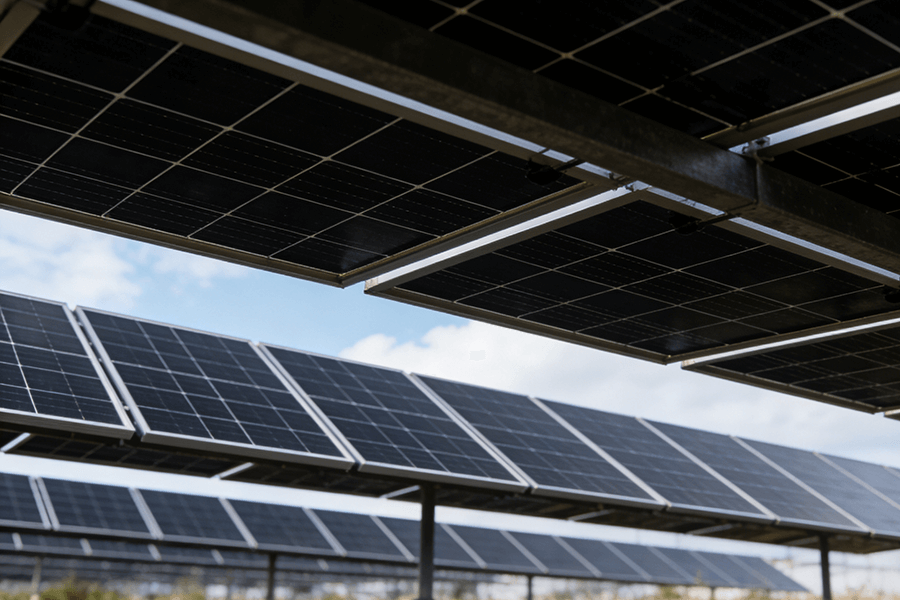Micro-grid refers to a small power generation and distribution system composed of distributed power sources, power loads, power distribution facilities, monitoring and protection devices (including energy storage devices if necessary). Depending on the construction purpose and economic environment, the shape and structure of the micro-grid may vary, but the technical architecture is generally similar. The following briefly discusses the basic composition of the micro-grid.
Micro-grids are divided into on grid micro-grids and independent micro-grids, which can realize self-control and autonomous management. The grid-connected micro-grid can be connected to the external grid or run independently off the grid; the independent micro-grid is not connected to the external grid, and the power is self-balancing.
The basic composition of micro-grid includes the following parts:
Power supply:
In all micro-grid systems, the fundamental component is the power supply. The power supply needs to meet the needs of the load in the micro-grid, such as capacity, as well as other technical and economic considerations. Among them, distributed photovoltaics have received widespread attention. In particular, the decline in the price of photovoltaic cell moles in recent years has increased the economic feasibility of micro-grids based on distributed photovoltaics.
For photovoltaic-based micro-grids located in remote areas, the challenges mainly come from system maintenance and energy storage system requirements. On the one hand, the performance of photovoltaic cells degrades when exposed to high temperature and high humidity. On the other hand, due to the discontinuity of the energy source (sunlight), energy storage equipment is essential, and its investment accounts for a large part of the system expenditure, which has a greater impact on the system economy, and the greater the installed capacity of photovoltaic cells , the capacity of the energy storage system should also increase accordingly.
In addition to distributed photovoltaics, common energy sources include: distributed wind energy, fuel cells, microturbines, reciprocating internal combustion engines, and other distributed power generation technologies (small hydro-power, small tidal power, small wave power, geothermal power, distributed nuclear energy power generation, etc.).
Power management system:
The power management system is mainly responsible for the transmission of power from the power source to the electrical equipment. The specific functions include: First, convert various forms of electric energy at the power source into forms that meet the needs of the output, for example, use an inverter to convert the direct current generated by photovoltaics into the 50Hz alternating current required by the usual load. The second is to serve as the interface of the energy storage device to balance the power supply and demand in the micro-grid. Modern micro-grids usually incorporate software and control systems, such as smart meters, to achieve efficient and stable operation of the micro-grid.
Energy storage system: The importance of the energy storage system to the micro-grid is self-evident. It allows the micro-grid to achieve internal power supply and demand balance, thereby maintaining the stability of voltage and frequency. It can also ensure that the user’s electricity demand can be met at any time. Common energy storage devices in micro-grid systems are: batteries, fuel cells + electrolytic cells, super-capacitors, and flywheels.
Power consumption equipment:
The power source of power consumption equipment in the micro-grid is all power generation and energy storage equipment in the system. It is necessary to comprehensively consider the electrical equipment, because they determine the position of the electrical load in the micro-grid, and correspondingly affect the installed capacity of power generation and the requirements for the energy storage system.
External connection:
The micro-grid is usually connected to the large power grid, so as to realize the power exchange between them. This type of micro-grid is very common in campuses and hospitals. In addition, one of the trends in grid development is to connect many micro-grids using advanced monitoring and control systems.
There are two typical operation modes of the micro-grid: under normal circumstances, the micro-grid and the conventional distribution network are connected to the grid, which is called the interconnection mode; when a grid failure is detected or the power quality does not meet the requirements, the micro-grid will be disconnected from the grid in time And run independently, called island mode. Switching between the two must be smooth and fast. Compared with the external large power grid, the micro-grid is a single controlled unit, and can meet the user’s requirements for power quality and power supply security at the same time. The power supply inside the micro-grid is mainly responsible for the conversion of energy by power electronic devices and provides the necessary control.
(1) On-Grid operation
On-Grid operation means that the micro-grid is connected to the public power grid, the micro-grid circuit breaker is closed, and the power exchange is performed with the main grid power distribution system. Photovoltaic system connected to the grid for power generation. The energy storage system can perform charging and discharging operations in grid-connected mode. During grid-connected operation, it can be switched to off-grid operation mode through the control device.
(2) Off-grid operation
Off-grid operation, also known as island operation, refers to an operation mode consisting of DG, energy storage devices and loads that is disconnected from the main grid power distribution system when the grid fails or is required by the plan. The energy storage converter PCS works in the off-grid operation mode to continue to supply power to the loads of the micro-grid, and the photovoltaic system continues to generate power due to the recovery of power from the busbar, and the energy storage system usually only supplies power to the loads.
In terms of application scenarios, grid-connected micro-grids are mainly concentrated in urban power grids. Off-grid micro-grids are mainly concentrated in areas with relatively harsh environments and inconvenient power conditions, such as islands, remote areas, and mountain villages.




